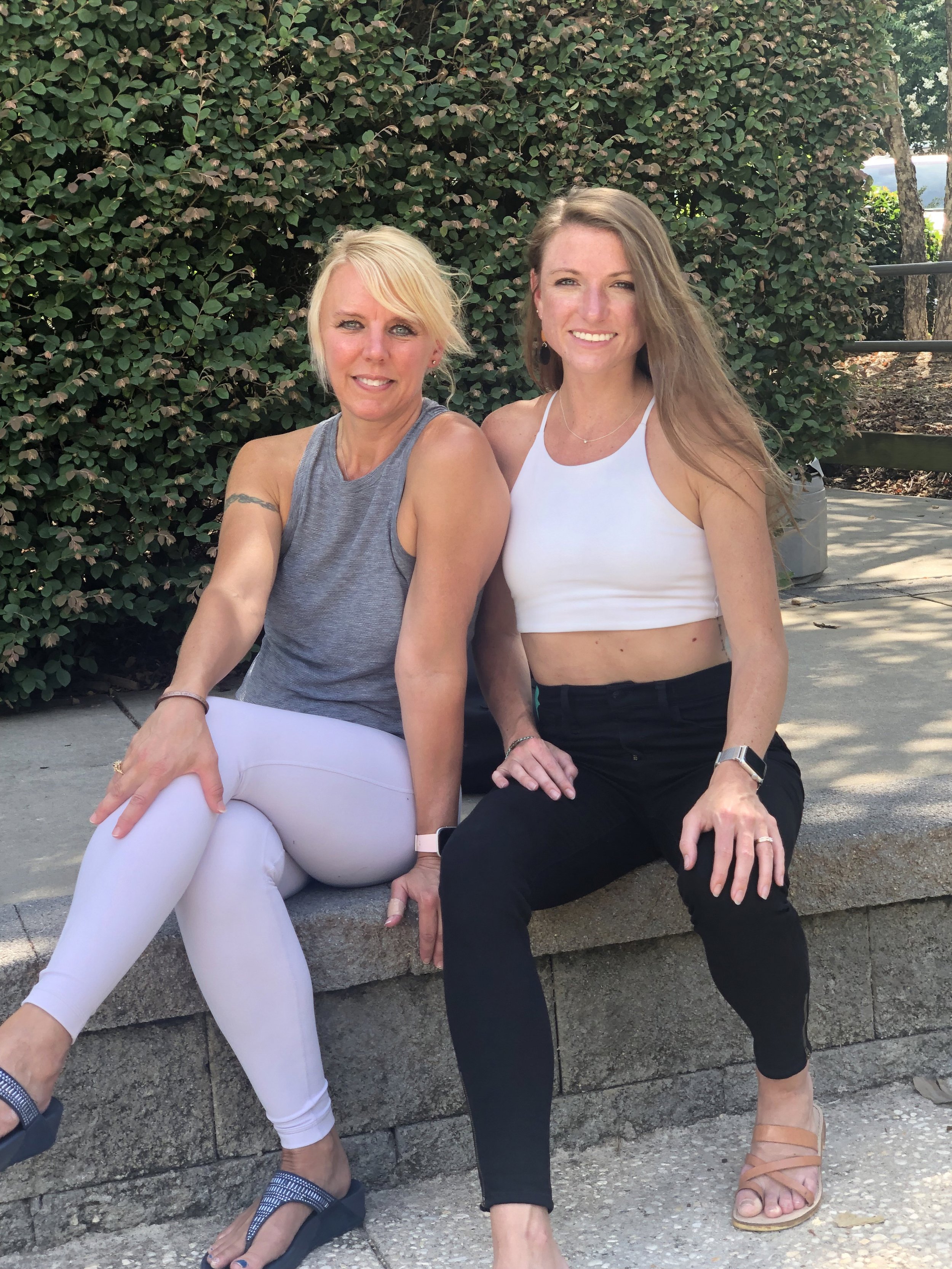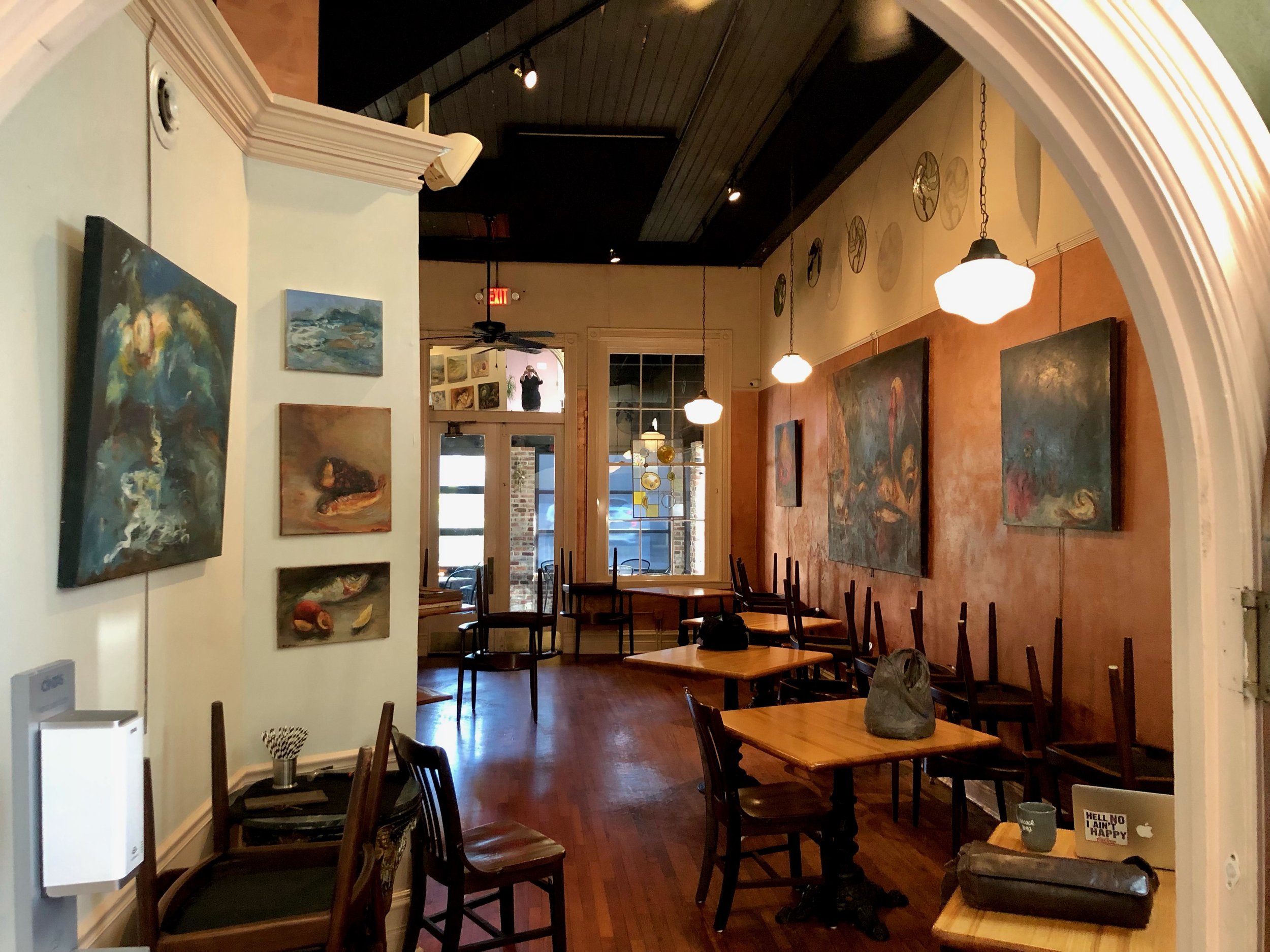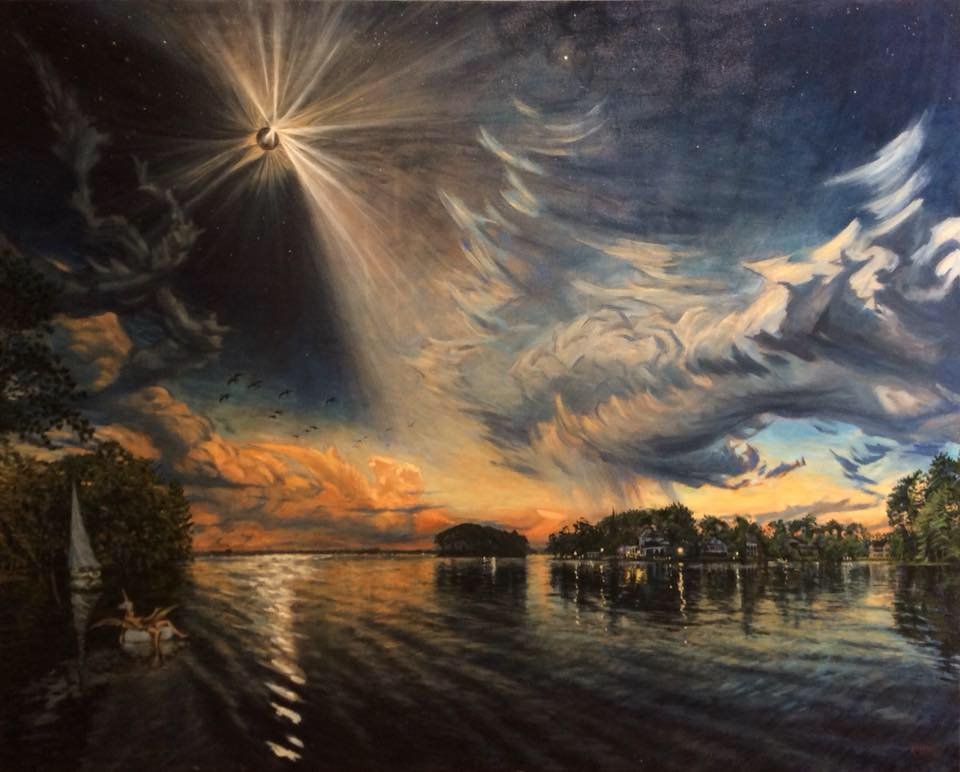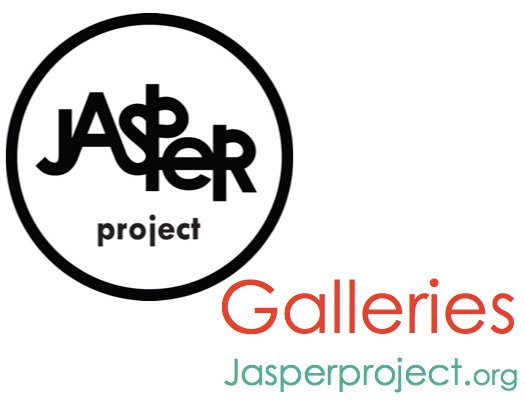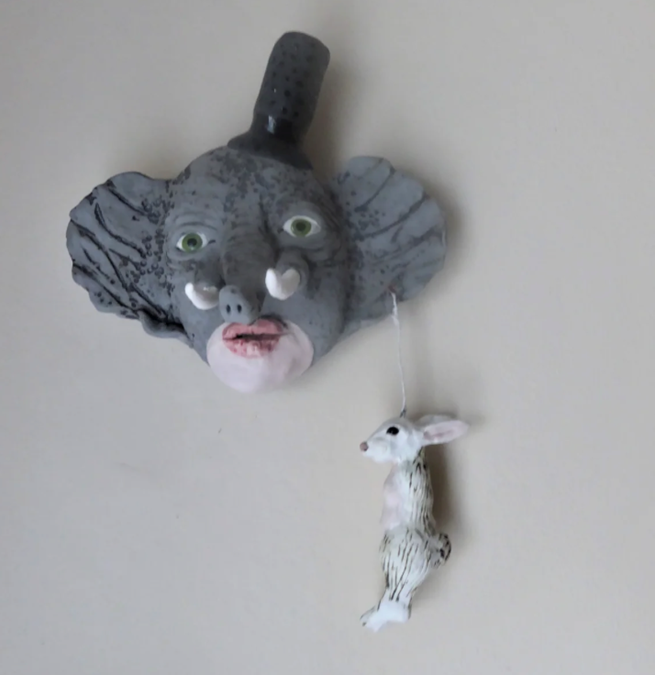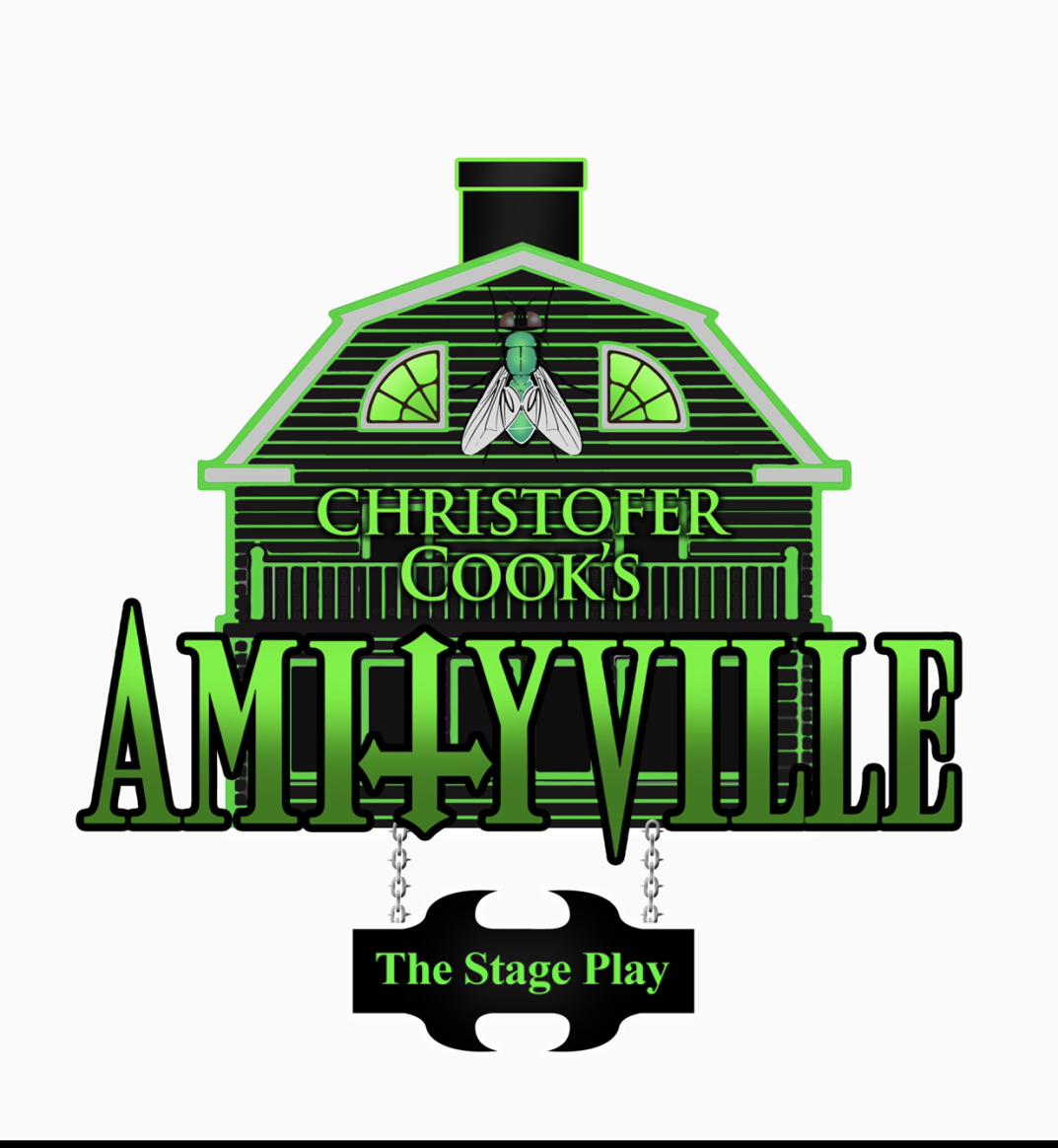Editor’s Note: Every year since I have known him, my friend and Columbia, SC’s first ever city poet aureate, Ed Madden, has written a Christmas letter that, if you’re lucky enough, he shares with his friends. It is always a treat to read about what Ed and his husband Bert Easter, who is an antiques expert and a member of the Jasper Project board of directors, have been up to in the previous year and what Ed’s reaction to those experiences might be. Over the past few years Ed’s annual Christmas letter has taken on more of the qualities of an essay than a Christmas letter, which makes it an even better gift in my opinion. This year, Ed wrote about a lovely little wise man statuette that he found at one of Bert’s auctions. The wise man served as the catalyst for what would become Ed’s 2021 Christmas letter. Jasper appreciates Ed’s willingness to let us share this sweet missive with you, our readers.
The Lost Wiseman
Dec 2021
Friends,
I found him at an estate sale Bert was running, a family so devoted to Christmas that one bedroom had to be set aside just to display the Christmas décor for sale. There were multiple artificial fold-out trees, boxes of ornaments and lights, each box lined with tinsel and glitter and broken glass. There were three nativities, complete, in good condition, and these sold, as did all the little Joseph-Mary-Jesus-in-the-hay trios. But this one was on his own, a wise guy separated from his two amigos. Whatever ensemble he had been part of was either long gone to someone else’s home, or more damaged even than he was and discarded. Chips on his back and arm, the knuckles of his left hand, a broken fold of cloak, all revealed the plaster, only sign of that greater disaster. Of everything in that room—the trees, the bells, figurines, strings of tiny lights—this was my favorite thing, an orphaned wiseman.
I don’t know how old he is, how far he has come. He has earrings, a thin Van Dyke beard, brown skin. His dark eyes are tired and sad. He wears pointed blue shoes, each with a rough gold embellishment—a buckle, a fat tassel. His purple robe drags in the dirt, over that a knee-length tan tunic trimmed in gold, and over it all he has thrown a sand-brown cloak. The chips in the finish are mostly on the left, as if at some point he had fallen on his side against something hard, tipped over, or was stored unwrapped, banging about in a box as he ascended to the attic to wait in the darkness for another year. A turban is wound tight on his head and draped around his shoulders, topped by a flat gold crown the size of a quarter with ridges rather than points, like a worn-down reamer-juicer, a vintage cocktail muddler—or like a small star pressed onto his head, as if what he sought, what he followed, is who he is.
To be clear, I’m not talking Artaban, the Other Wiseman, that contrived little Victorian fable about a fourth wiseman who sold all he had for jewels to give the new king, missed the boat (the caravan), got there too late, spent 33 years wandering the Holy Lands, selling off jewels and doing good deeds. When he finally made it back just in time for Golgotha (the symbolism is pretty heavy-handed), he got sidetracked, selling off his last big pearl to save a woman (“a daughter of the true religion”) from being taken into slavery, then got conked on the head by a falling roof tile and died. But not before Henry Van Dyke (a minister who believed slavery brought the Africans to Jesus) tied everything up in a sentimental Christian bow. No. Not that one. This wiseman is orphaned, left behind. He is lost, he is damaged. He has a gift, and wisdom. He has nowhere to go and nowhere he belongs.
In first grade I was a wiseman in a blue bathrobe, carrying a box of wadded aluminum foil, the gift I would give the child, some classmate’s swaddled doll. I can see it in my head—that weird sense of seeing the past that could be a memory or a dream, or someone’s home movie I have seen. And I wonder now would my parents have allowed it. Growing up fundamentalist, we never had a nativity in our house. Maybe that’s a reason they fascinate me now. Churches in town—those denominations, a word we said with such contempt, since our church was the original, the primitive, the true—they had living nativities like roadside displays, cars driving by in the cold to honk their approval. But no, not us. We speak where the Bible speaks, we are silent where the Bible is silent. The Bible does not say Jesus was born in December. So, belligerent and right, we’d sing “Silent night” some midsummer Sunday just to make the point. Later I’d learn that the date had something to do with Constantine and effacing old faiths and Christianity linking arms with imperialism. That old story. But I knew none of that back then when I stood front of a class in a bath towel turban, holding jewels of crumpled foil.
Our journeys this year were small. There was that window in the summer when it seemed like everything was going back to normal. People would get vaccinated. Things would turn around. We were, of course, so very wrong, but we were double-vaxxed and excited to see old friends and we drove up to North Carolina for a wedding outdoors, rows of chairs facing into a cathedral of trees. She did and he did and it was lovely and lovelier still to spend time with the parents of the groom—old friends from grad school and family trips to Kiawah Island. On the way back we only ever ate outside, pulled off for a couple of small-town antique shops, where we pulled our masks and caution back on. I taught online all spring. Afternoons we walked the small circuit of the neighborhood we’d rehearsed all year. Evenings we walked out to the new pond, fed the fish, watched the water falling. Then in August, it was with a weird joy I walked across campus into a class of masked students. A few weeks into the fall, we walked out to the main lawn. We pulled off our masks and saw each other’s faces as if for the first time.
Almost two years ago, just before the pandemic hit, I sat in a hot room in an airless building at the end of dirt road, darkness filling the trees. The room was packed, we were all waiting for something to begin, an Afro-Brazilian religious ceremony. That night, two men were to come back from the dead. Their friends were there to celebrate their return. Macio, from Brasilia, who sat beside me on the men’s side and spoke some English, explained it to me. His friend, an initiate among the eguns, had died a few years before, and that night he would appear again. He explained that it was January 6, Epifania, the Epiphany, when the kings from Africa would come from over the ocean—such a long journey—and the dead would make themselves known. Macio and I were the only white men in the room; they had positioned us beneath the room’s only rattling fan—the guest, the tender visitor. Throughout the overnight ceremony—we were locked in, the heat and drumming intense, hallucinatory—the eguns, spirits of the dead, appeared in their beautiful garments, garments made to hide their human features, head and hands and feet. They were faceless beings, dancing, twirling, stopping only occasionally to address the congregated people in their thin, alien voices. The men in the room were terrified: if one touched you, you were sure to die. The women called to them, held children up for their blessing. The spirits of the recently dead, the aparacás, edged into the room along the back wall as the eguns danced. They looked like flags with men inside, their arms raised to hold up the corners. My friend Taylor compares them to the playing cards from Alice in Wonderland. The two new ones were black with strange faces painted on like masks—one looked like a radioactive Pac-Man, the other like a pirate flag. They moved sideways, always facing forward. Macio leaned over to say: this is my friend.
That was my second time among the eguns. At the first, just before Christmas, before the ceremony could begin, my friends from the arts institute and I were summoned to the front of the room. There was a white bowl of water and oil with herbs. Beside it, to the right, there was a plate. Charles told us to take off our shoes. We took off our shoes. The women went first. My friend Laura quietly translated for me. I was far from home, nowhere to go and nowhere I belonged. We were to kneel at the bowl, we were to place our offering in the plate, and we were to wash our eyes three times. Only then, we were told, could we see the dead. I knelt on the floor. I put my donation in the plate. I dipped my fingers in the water and three times I wiped them across my eyelids and brows. I wanted to be able to see. I wanted to be open to what the night might bring. I watched the men around me and learned the ritual gestures. When the eguns fanned the lappets of their elaborate garments in front of you—a blessing, a spirit, the moving air—you were to scoop up the blessing with your cupped hands, pour it over your head. Together the rows of men, scooping, lifting up the blessing, pouring it out over our heads.
The wiseman on my desk carries what looks like a gold funerary urn, left hand cupping the base, right holding the urn close to his chest, a thumb holding the top closed. What is inside? He leans forward as if tired, as if about to say something, as if leaning in to see. As if about to pour out all that he has carried for so long on the ground at his feet. He has nowhere to go and nowhere he belongs—other than here, on the desk, beside ET with his glow-in-the-dark finger, Saraswati with her swans, a wooden Jesus pointing at his heart. The wiseman is lost, he is damaged. He has a gift, and wisdom, and I start to wonder if these things are connected. The wisdom that comes from being damaged. The gift of being lost. Sometimes we carry things so very far. Sometimes we carry them for so very long. Sometimes we don’t know what it is we carry, ashes or something precious. Sometimes what we seek is who we are. Sometimes we take our masks off. Sometimes we pour ourselves out. Sometimes we lift up the blessings we are given, pour them over our heads.














